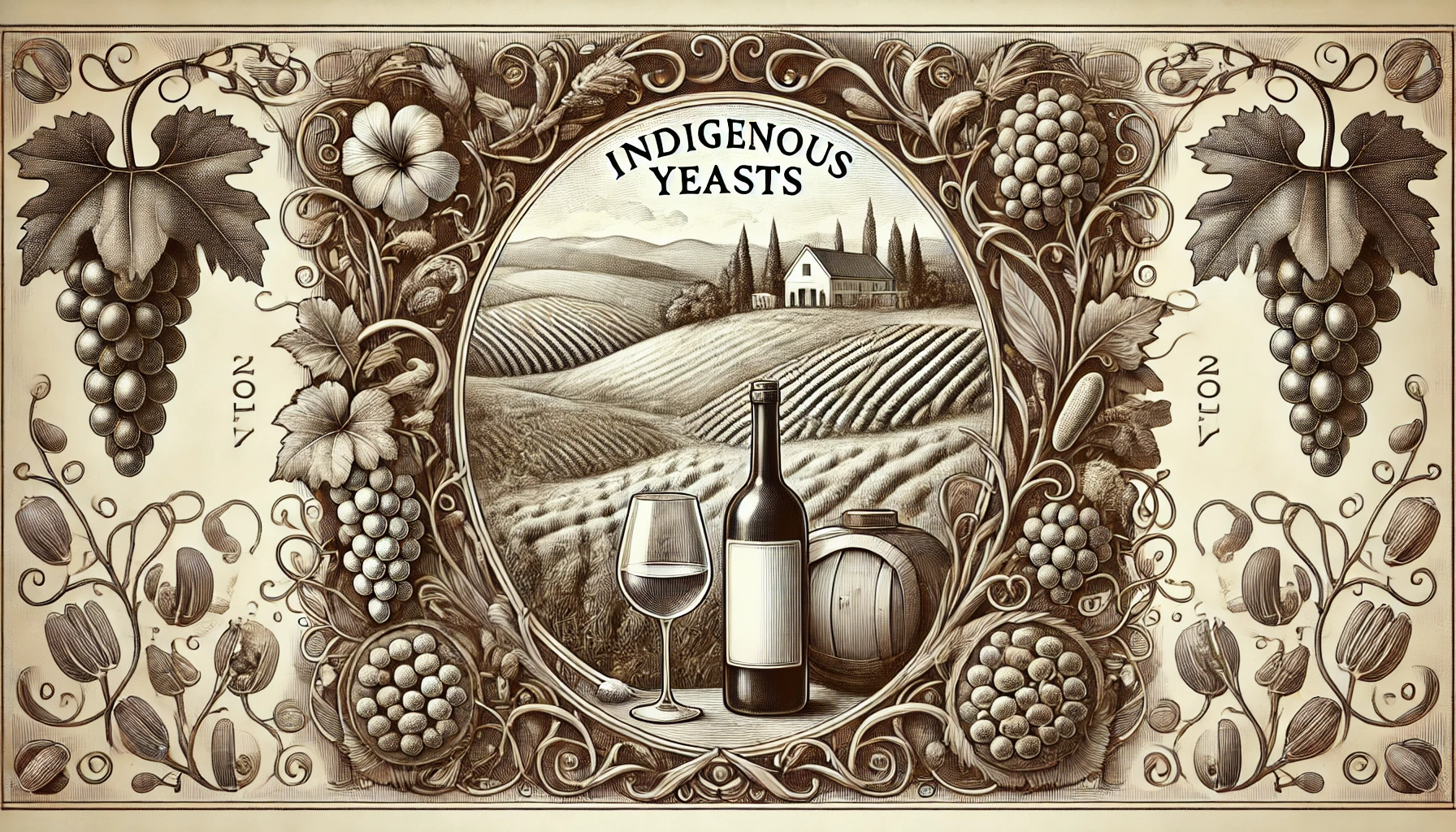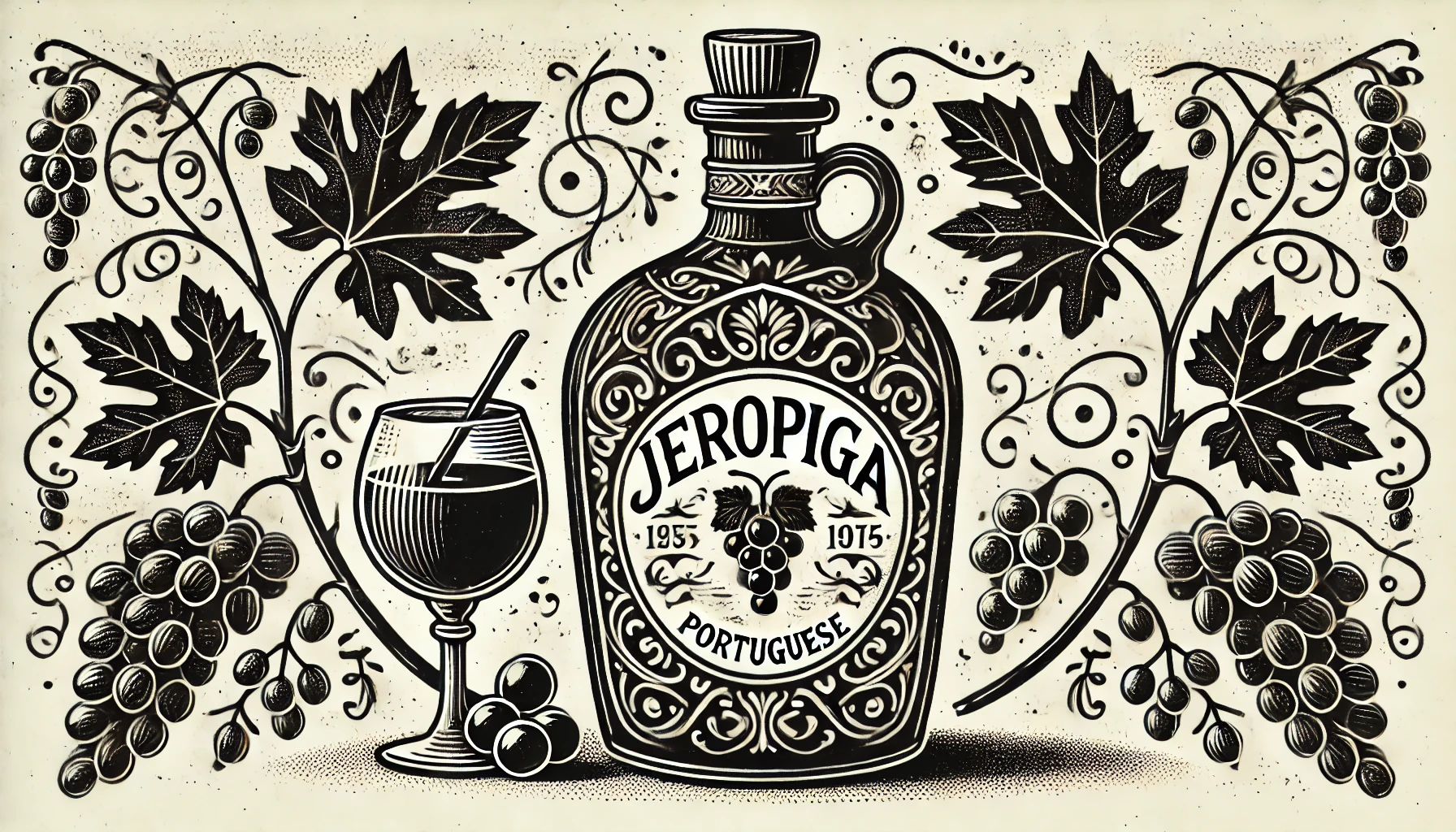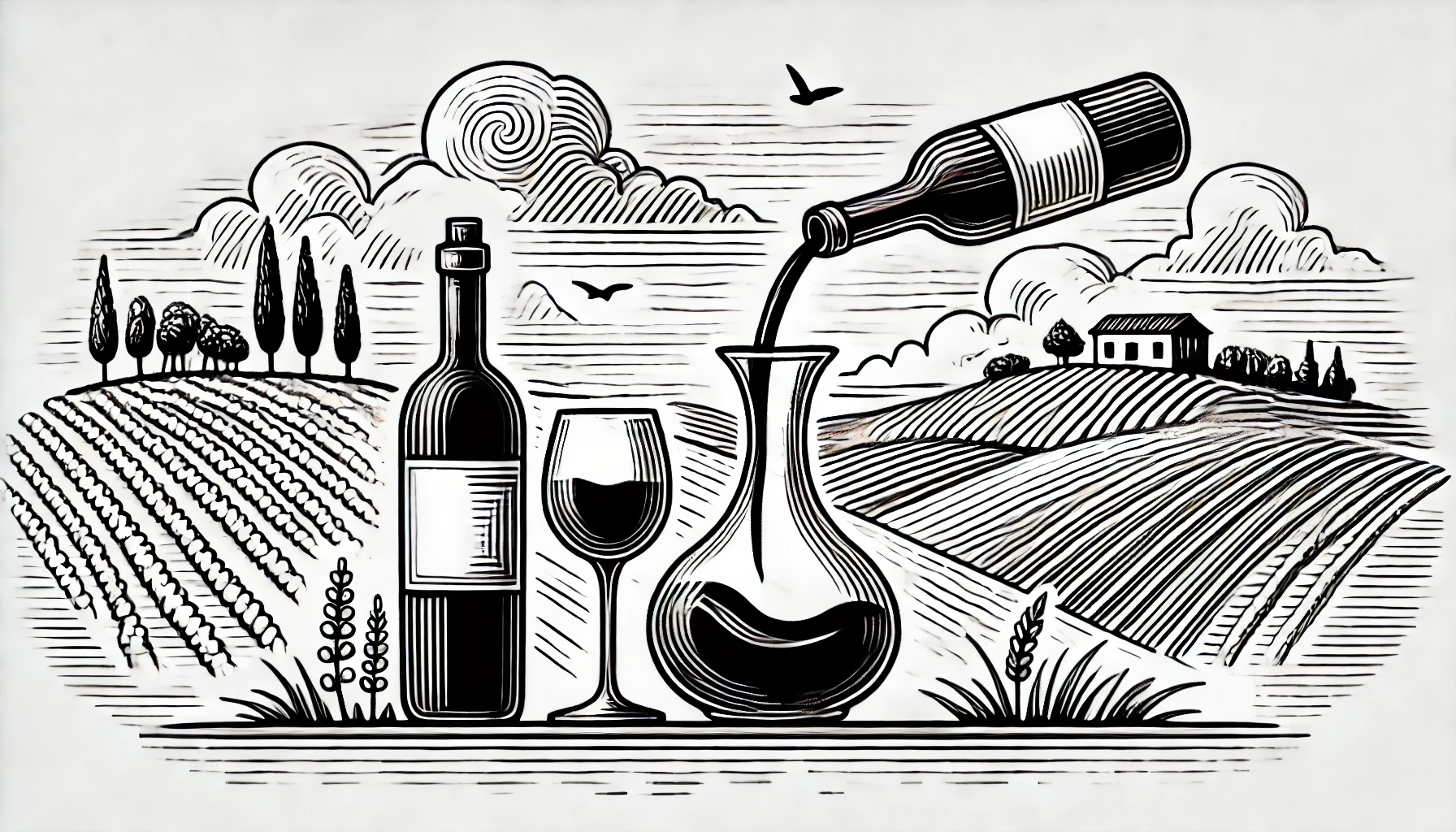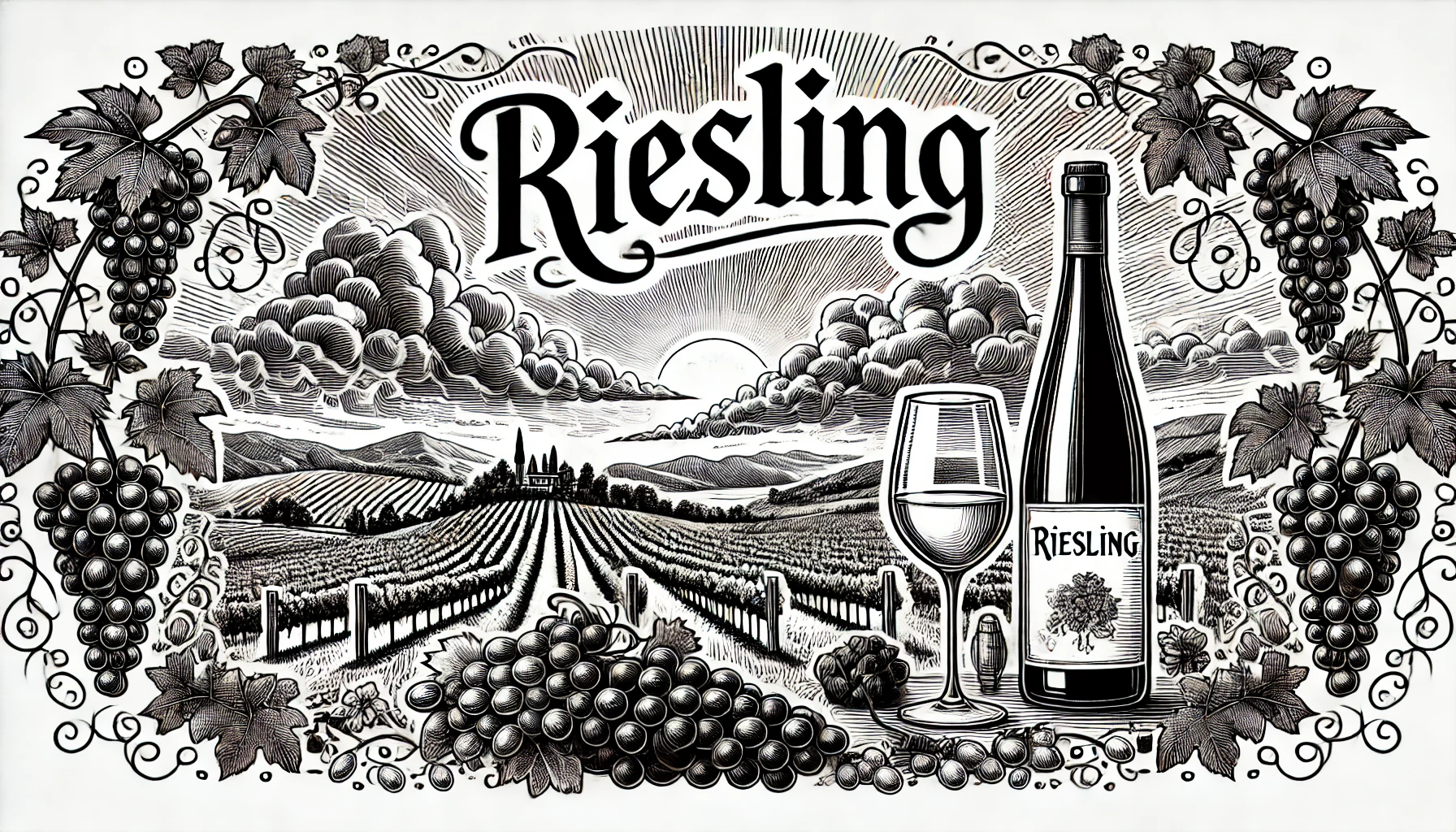
Indigenous yeasts play a crucial role in winemaking. These yeasts naturally reside on grape skins and within the winery environment. Unlike commercial yeast strains, indigenous yeasts are unique to each vineyard. They contribute distinct flavors and aromas to the wine, reflecting the specific terroir of the region.
During fermentation, they initiate the conversion of sugars into alcohol and carbon dioxide. This natural fermentation process can enhance the complexity of the wine. Winemakers appreciate indigenous yeasts for the authentic character they impart. Each vineyard’s unique yeast population can lead to subtle variations in each vintage, making every bottle special.
Using indigenous yeasts allows winemakers to showcase the true essence of their grapes. The flavors developed through indigenous fermentation often include earthy, fruity, and floral notes. These characteristics can highlight the natural qualities of the grape varieties and the influence of the vineyard’s climate and soil.
However, working with indigenous yeasts comes with challenges. The fermentation process can be less predictable compared to using commercial yeasts. Winemakers must carefully monitor the fermentation to ensure it proceeds smoothly. Sometimes, it may struggle in less-than-ideal conditions, leading to stuck fermentations or unwanted flavors.
To manage these challenges, many winemakers employ practices that support the health of indigenous yeast populations. They maintain clean winery environments and use gentle handling techniques to preserve the natural yeast on the grapes. Some winemakers also blend indigenous yeasts with selected strains to balance complexity with reliability.
Indigenous Yeasts Contribute to the Diversity and Uniqueness of Wines
They offer an opportunity for winemakers to express their individual style and the distinctiveness of their terroir. Wines fermented with indigenous yeasts often carry a sense of place, making them highly valued by enthusiasts seeking authentic and artisanal products.
Using it aligns with the growing interest in natural and sustainable winemaking. Consumers appreciate wines that reflect traditional methods and local characteristics. By harnessing the power of indigenous yeasts, winemakers can create wines that tell a story of their land and craft.
In summary, indigenous yeasts are a vital component in creating unique and expressive wines. They enhance the natural flavors and aromas, offering a genuine taste of the vineyard’s environment. While they require careful management, the rewards of using indigenous yeasts include richer complexity and a strong sense of place in every bottle.
Curious about more wine terms and insights? Visit our Wine Wiki section and explore the basic wine terms for expert definitions and tips!


